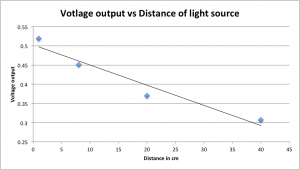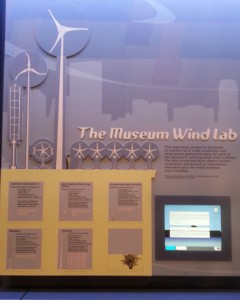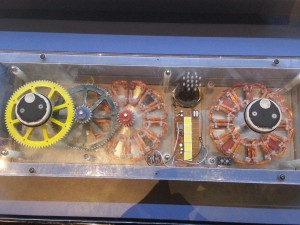What is the Keystone Pipeline?
The Keystone XL Pipeline Project is a proposed 1,179-mile (1,897 km), 36-inch-diameter crude oil pipeline, beginning in Hardisty, Alta., and extending south to Steele City, Neb. This pipeline is a critical infrastructure project for the energy security of the United States and for strengthening the American economy.

The Keystone Pipeline debate:
Five years ago this week, a Canadian company proposed building a pipeline to send heavy crude oil from Alberta to U.S. refineries. Although the Obama administration’s answer on the Keystone XL pipeline is not expected anytime soon, politicians in Washington and Canada are ramping up the pressure for the project, while environmentalists are pushing hard against it.
The intense focus on the decision reflects the fact that the Keystone XL pipeline has become a proxy for the larger debate on climate change emissions. The heavy crude the pipeline would carry has a substantially bigger greenhouse gas footprint than conventional crude.
This summer, President Obama said he wouldn’t approve the Keystone XL if he determined that it would exacerbate climate change.
Still, many politicians in the U.S. and Canada tout Keystone as a job creator and crucial tool for making North America energy independent.
A new measure being debated in the Senate would declare the Keystone XL in the national interest, although it would not force the president’s hand.
The measure hasn’t come up for a vote yet, but its prospects are good. Some Democrats have joined Republicans as co-sponsors.
“And why we would not build this pipeline to make sure this oil from a great partner is refined in the U.S. rather than focusing on oil in countries that do not like us, makes no sense to me,” Sen. Mark Begich, a Democrat from Alaska, said in a Senate debate last week.
The 875-mile pipeline from Canada would end in Nebraska. But it would hook up with pipelines that stretch to the Gulf Coast. The southern portion of the original Keystone XL proposal is 90 percent finished already. It stretches from Cushing, Okla., to the Gulf Coast and did not need presidential approval because it does not cross an international border.
Most of the oil flowing through the Keystone would be heavy crude from Alberta, Canada. But light crude from the Bakken formation in Montana and North Dakota could also flow through it.
Sen. Heidi Heitkamp, a Democrat from North Dakota, defends Canada’s production of tar sands oil. “This is not some rogue country that doesn’t have … environmental standards,” she says.
Oil producers in Alberta do pay a tax for their carbon pollution, which helps fund pollution control equipment. And the oil companies are researching cleaner technologies.
Oil from tar sands has a higher greenhouse gas footprint than conventional crude because it takes so much energy to get the tar sands oil out of the ground and refine it so it can go through a pipeline.
According to the U.S. Environmental Protection Agency, Canadian tar sands oil can lead to 30% more greenhouse gas than conventional oil, if you count emissions from all the products that come from the oil.
The EPA also warns that spills of tar sands oil are much tougher to clean up. A spill of this heavy crude into Michigan’s Kalamazoo River three years ago is still being cleaned up.
Sen. Barbara Boxer, a Democrat from California who heads the Senate environment committee, has criticized her colleagues for failing to see that the pipeline is not in the national interest.
“Now you’d have to be asleep for 10 to 15 years to not believe that carbon pollution is dangerous to the planet,” she says.
Earlier this year, in a draft environmental analysis of this project, the U.S. State Department concluded that Canada will develop its heavy crude with or without Keystone, so the pipeline wouldn’t have a big impact on greenhouse gas emissions.
Energy analyst Jackie Forrest, from IHS Cera, says she agrees that rejecting the pipeline would not have a big impact on greenhouse gas emissions.
Now personally I say that for the benefits behind this project the U.S. should accept it if and only if they and the Canadian government put as much effort into securing the environment surrounding the project as they put into the project itself.
Citation:
http://www.npr.org/2013/09/16/222958546/climate-change-concerns-slows-debate-over-keystone-xl-pipeline
http://keystone-xl.com/about/the-project/















